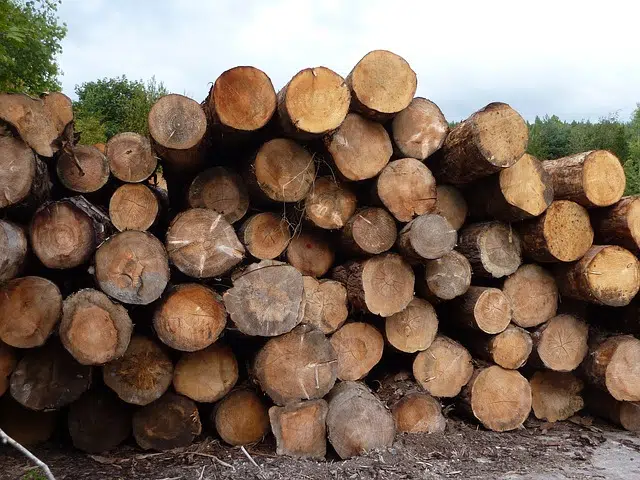
Forest is an adjective that allows you to describe what is related to forests.
The Old French term forest , which can be translated as "forest" , came into Low Latin as forestis . This word, in our language , became forestry .
The adjective forest is used to refer to what is linked to forests : places that have a high number of bushes and trees. These ecosystems serve as habitats for numerous species and fulfill very important functions in the preservation of biodiversity and the environment.
The use and exploitation of forests
The idea of forestry exploitation refers to the extraction of resources (wood, fruits, etc.) from forests. These forest products play a relevant role in the economic life of many regions that have the forest as their main means of life due to the income it generates.
The economy based on forestry exploitation is called forestry economy . In these areas there are large forested areas whose bushes and trees allow the production of wood that is used to manufacture all types of products.

The forest economy is based on the exploitation of resources such as wood.
Generally, this type of economy is also called timber or bamboo , and is practiced in developing countries that have large forested areas. We should not underestimate the number of products that can be made from wood : from paper pulp to furniture, photographic film and buildings. Additionally, leftover wood can be used as a source of thermal energy.
The notion of forest management , on the other hand, refers to the biological, social, economic, administrative and legal management of a forest. Appealing to technical and scientific criteria, forest management seeks to protect these spaces and regulate their exploitation.
Forest restoration
Given that human beings threaten the balance of the planet at every step, one of the key concepts to try to compensate them for their harmful action is forest restoration . This is the process carried out to recover forest lands that have been degraded in some way, reactivating their functions, promoting their development and improving the quality of their environments.
Through forest restoration it is possible for a land to evolve dynamically until it reaches a favorable state and greater stability. Some natural spaces are especially vulnerable to our actions. Such is the case of the Mediterranean forest, in which a large number of different species are concentrated; Its stability is very fragile due to the action that human beings exert when they interact with their environment and, for example, attack some of their natural agents .
Within this framework, each region can carry out action plans with the aim of restoring a forest area and protecting it from future damage . To do this, species that adapt to the terrain are usually used, both those that existed before deforestation and others that serve to increase diversity and improve forest ecosystems.
The concept of reforestation is linked to forest restoration, since it is the process by which plantations are introduced in spaces where certain plant species have been negatively affected by human actions. The objective of this set of practices is to repopulate ecosystems that have been deteriorated, and for this it is essential to use healthy seeds and plants, in addition to carrying out rigorous monitoring of their adaptation to the environment.
The danger of fires
A forest fire , finally, is one that spreads in wild or forested terrain. Fire grows from plant fuels, affecting fauna and flora.
Unlike other similar incidents, forest fires - which can be generated spontaneously, by accident or intentionally - are characterized by their rapid spread and their ability to avoid obstacles and modify their direction.
